Ertach Kernow - Portreath weathering the storms
Portreath or in Kernewek Portreth was it is said first mentioned in 1485, its name in the Cornish language provides an indication to its beginnings as a beach harbour or landing place. A coastal village in the historic ecclesiastical parish of Illogan lying between Camborne to the west with Redruth and St Agnes to the east. Illogan is a parish with so much industrial history with its mining heritage, connections with famous Cornish families and people cannot be covered in just one article. We consider one aspect, the coastal village with its harbour at Portreath. Visitors today will note signage reminding people it is a working harbour. Many of Cornwall’s harbours are picturesque with local folk understanding they remain working harbours with fishermen continuing to make a living from the sea, as Cornish folk have done for hundreds of years. Picturesque working harbours are perhaps not something 2nd house owners and visitors staying adjacent to them may appreciate. For those who have seen Mark Jenkins Bafta winning Cornish film Bait a certain clip showing visitors complaining about fishermen starting work early in the morning brings a smile to the faces of local people.
Visiting Portreath last week on a wonderfully warm sunny day what a pleasure it was to wander around the old harbour and soak up some of that past history. The sandy beach covers what was once a forest, one of the many submerged forests around Cornwall’s coast, which are exposed from time to time when the sands are ripped away during storms. Like many small historic coastal communities seine fishing for pilchards was the mainstay of residents using fishing, perhaps as an addition to their main farming occupation, even beyond the days of early industrialisation. Although fishing has been important to this village the development of industrialised mining was to prove its greatest growth factor. Even so, whilst the industrialisation of Portreath was well underway the pilchard fishing industry remained an important source of income for fishermen and investors. This is illustrated by the erection of a new salt house in 1802 followed by a new fish cellar for processing in 1803. A newspaper advertisement in January 1804 sought a Master Seiner along with several other able seiners, perhaps there were fewer fishermen able to undertake those duties living locally at that time. It also seems that besides pilchards the fishing off Portreath was successful with numerous reports of vast quantities of turbot being caught then sold in Plymouth. Like other coastal pilchard fishing towns and villages by the end of the 19th century the pilchard industry was virtually over.
Mineral extraction within the Portreath area is recorded with tin streaming in 1602. This expanded to take in a number of small-scale mines on Nancekuke Downs, probably reworking earlier historic sites, with Cornish historian Hamilton Jenkin noting just two small ventures in Portreath itself. As Cornish mining and mineral trade expanded during the 18th century exporting ore from the very productive mines around Redruth and Camborne became increasingly important. Cornwall was well ahead in Britain’s Industrial Revolution with not just tin but copper gradually taking over as the major mined mineral. Trade especially with South Wales became an important part of Cornwall’s import and export maritime trade. Whilst Cornwall was exporting tin, copper and iron ore there was the need to import timber for use in the mines as pit props and coal to feed the hungry furnaces of the steam engines that pumped water from the mines and powered the stamping mills which crushed the ore.
Smelting took a great deal of coal, and it was economically more beneficial during the early 18th century to transport the ore to the Swansea area of South Wales where both large smelting works and coal mines were situated. In 1713 a number of major landowners and tinners united for their mutual benefit to realise the construction of a harbour or at least a quay so that ships could be loaded and unloaded there. Samuel Nott and his son were tasked with completion of this within two years, to be situated on the north side of the cove. Evidence that this work was undertaken when following storms in 1983 the remains of this small quay opposite the existing harbour were found. A lime kiln existed in Portreath in 1753 which would have processed limestone imported as ballast by vessels coming to take cargos of minerals to South Wales therefore needing a pier or quay for loading. Other evidence hidden below the sands are the remains of an earlier small medieval quay within the existing harbour, no doubt used by pilchard fishermen during historic times.
Invention of the Newcomen steam engine, although inefficient, enabled Cornish mines to better pump out water and go deeper but used huge amounts of coal. By the late 1770’s James Watt’s steam engines were replacing the earlier Newcomen engines making Cornwall’s mining industry more efficient and profitable. This increased further the amount of exports and need to import more coal to service ever larger number of mines and engines expanding throughout Cornwall. When visiting Cornwall, probably in 1775, Josiah Wedgewood noted that there were 13 steam engines in Gwennap parish alone.
In 1756 Francis Basset proposed construction of a new pierhead. Perhaps the earlier one had been destroyed by storms or by now proved inadequate for the growing needs in the export of minerals and import of coal and to provide ships a better protected place to load and unload cargo. The current harbour began as a pier constructed from 1760 by the Portreath Company under a lease from Francis Basset who was also a major investor. An indication of the number of vessels using this small port is that in May 1771 twenty-two vessels had docked and supplied coal for the Dolcoath Mine alone. Following the death of Francis Basset in 1769 his son Francis, later Lord de Dunstanville, took great interest in Portreath and purchased all the other shares in the harbour and extended the pier further. The harbour was leased to the Fox family of Falmouth who with the connected mining family, the Williams’ of Scorrier carried out further work. In November 1800 a newspaper advertisement was looking for tenders ‘for receiving proposals for building a bason conformable to a plan produced by Foxes and Portreath Company. The taker to provide stone and clear out the remaining part of the sand to build the walls and compleat it for the reception of shipping.’ In 1824 the pier head was further extended and inland infrastructure much improved with better roads and a mineral tramway constructed to the most important mines such as Poldice. This was a boom period for Portreath and by 1827 Portreath became known as perhaps the most important port in Cornwall. In 1846 the inner bason was completed and by 1860 the harbour as seen today largely existed.
During the 1860’s and over the next few decades shipbuilding became an important industry in Portreath. Set up in a corner of the harbour following additional building work, with a carpenters shop in part of the fish cellar Portreath saw the construction of some eleven vessels. These ranged from 66 tones through to the largest a three masted schooner of 237 tons. June 1884 saw the final launching, as with many smaller Cornish shipbuilders the growth in size and evolution of shipping to steel and efficient steam engines led to their gradual decline. This was also the case with the coastal harbours they supported, many were tidal, and shipping had just outgrown these small ports.
Although sheltered from the prevailing south-westerly winds the north coast of Cornwall is open to ferocious seas and storms from the north. St Agnes had its harbour destroyed on more than one occasion and Newquay’s north wall was virtually destroyed in 1889. The original small building at the end of the pier known as the Monkey House was, after taking battering by winter waves, finally destroyed in storms on 6th January 2014. It was happily reconstructed and is the building seen now.
Numerous reports of vessels sunk in storms off Portreath exist. These extend into the age of steam include the loss of the steamship SS Escurial of Glasgow, sailing from Cardiff carrying coal in January 1895. Following engine failure, the Escurial was wrecked off Portreath and despite all efforts eleven men were drowned. The Hayle lifeboat E F. Harrison was hauled by horses eleven miles and launched but was unable to reach the stricken vessel, Attempts by the Rocket Brigade failed, and the Newquay Lifeboat Willie Rogers was unable to reach the Escurial in time. The naming of the lower pilot house at Portreath Harbour as ‘Dead Man’s Hut’, used as a temporary wreck mortuary, is a reminder of these wrecks and that the North Cornish coast was a dangerous place during the 19th century.
Known as the Pepperpot the 19th century coastguard lookout is a reminder of the days when Preventive men were stationed at Portreath. These were the forerunners of the latter-day coastguard service who looked to prevent smuggling around the Cornish coast.
Now more of a small holiday resort some of Portreath’s historic past can nonetheless still be seen and enjoyed.
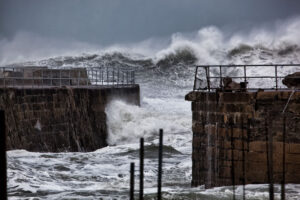
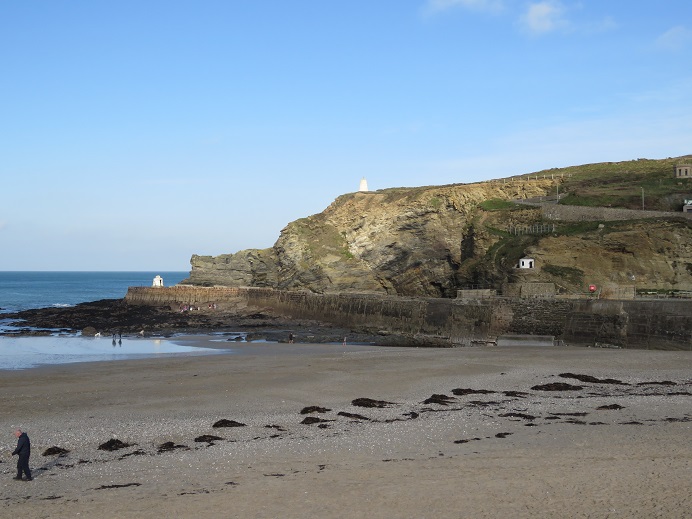
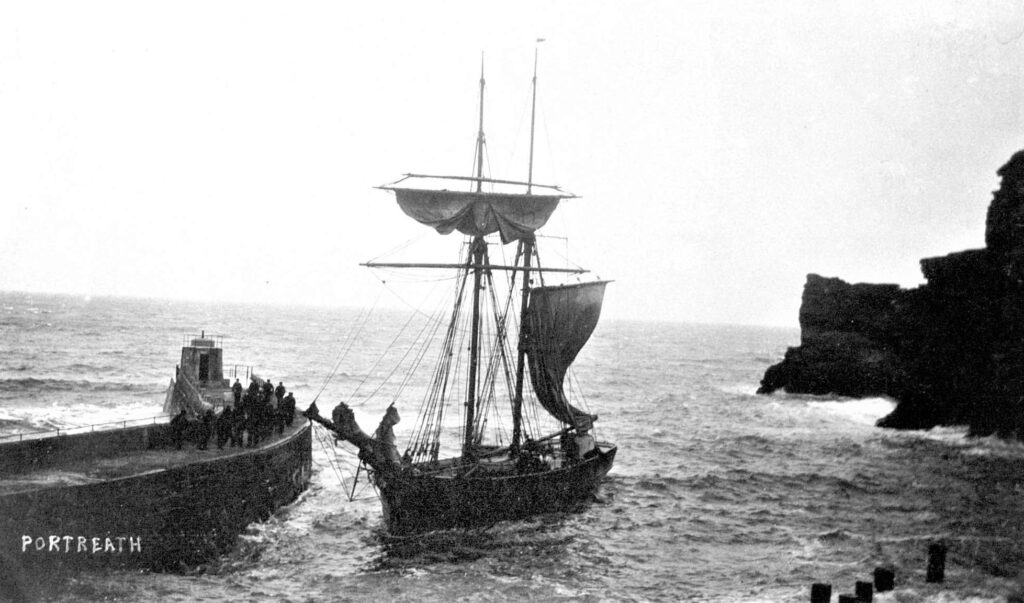
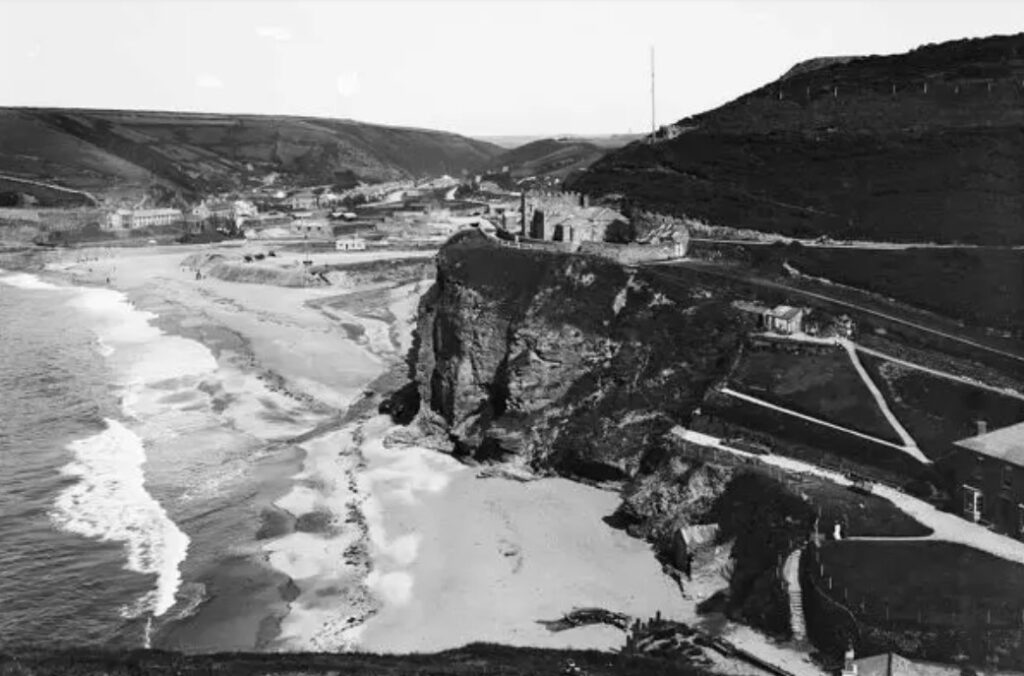
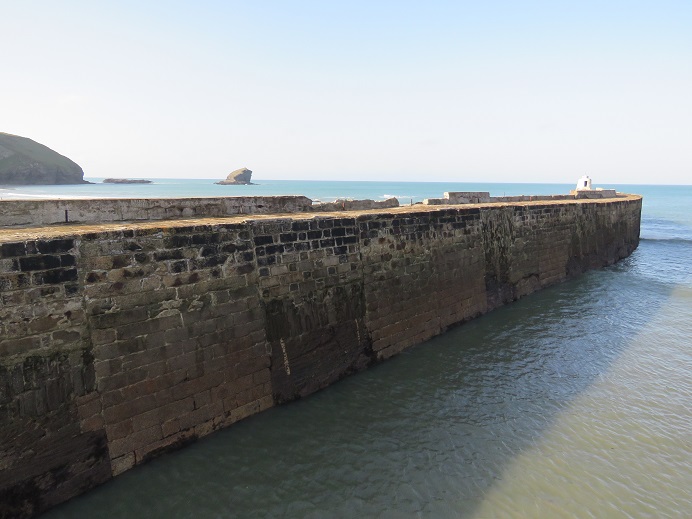
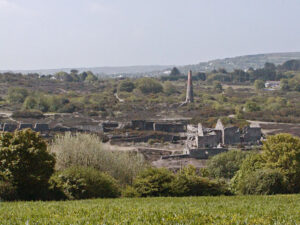
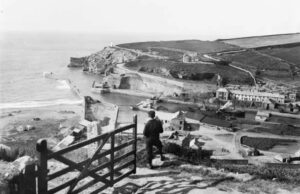
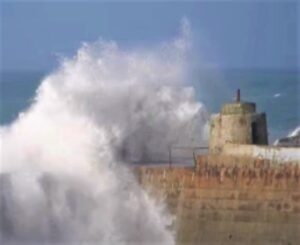
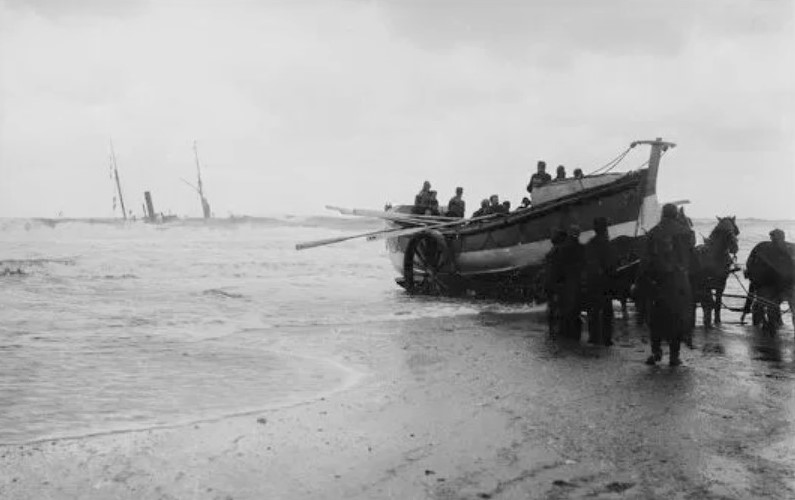
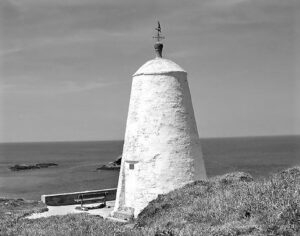
![Ertach Kernow - 23.11.2022 [Portreath - 1] Ertach Kernow - Portreath weathering the storms](https://www.cornwallheritage.com/wp-content/uploads/2022/11/Ertach-Kernow-23.11.2022-Portreath-1-254x300.jpg)
![Ertach Kernow - 23.11.2022 [Portreath - 2] Ertach Kernow - Portreath weathering the storms](https://www.cornwallheritage.com/wp-content/uploads/2022/11/Ertach-Kernow-23.11.2022-Portreath-2-254x300.jpg)
![[126] Ertach Kernow Heritage Column - 23rd November 2022 - Promoting Cornish Heritage Ertach Kernow Heritage Column - 23rd November 2022 - Promoting Cornish Heritage](https://www.cornwallheritage.com/wp-content/uploads/2022/11/126-Ertach-Kernow-Heritage-Column-23rd-November-2022-Promoting-Cornish-Heritage-278x300.jpg)